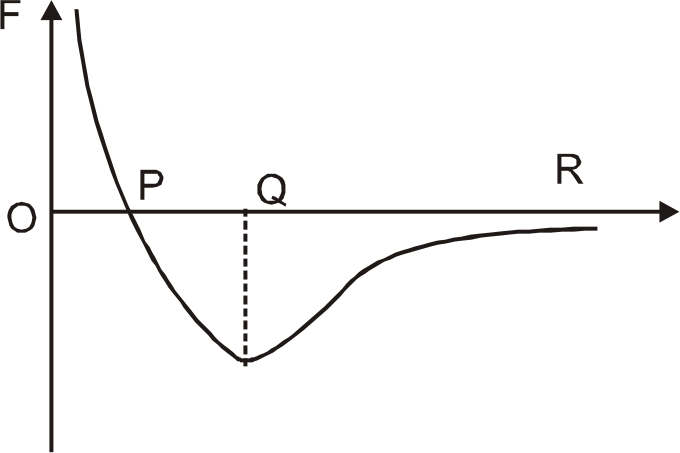Gap between two adjacent myelinn sheath are known as
The correct Answer is:Node of Ranvier
Step-by-Step Solution:
1. Understanding Neuron Structure: Begin by recognizing the basic structure of a neuron, which consists of three main parts: the cell body (soma), dendrites, and axon.
2. Identifying the Axon: Focus on the axon, which is the long, slender projection of the neuron that conducts electrical impulses away from the cell body.
3. Myelin Sheath: The axon is often covered by a fatty layer known as the myelin sheath. This sheath acts as an insulator and helps increase the speed of nerve impulse transmission.
4. Gaps in Myelin Sheath: Between segments of the myelin sheath, there are small gaps. These gaps are crucial for the proper functioning of the neuron.
5. Naming the Gaps: The gaps between two adjacent myelin sheaths are specifically known as "Nodes of Ranvier."
6. Conclusion: Therefore, the answer to the question is that the gaps between two adjacent myelin sheaths are called "Nodes of Ranvier."
---
Topper's Solved these Questions
Similar Questions
Figure shows roughly how the force F between two adjacent atoms in a solid varies with inter atomic separation r. Which of the following statements are correct ?

View SolutionThe distance between any two adjacent nodes in a stationary wave is 15 cm. if the speed of the wave is 294 ms/, what is its frequency?
View Solution
Knowledge Check
Can there be a potential difference between two adjacent conductors that carry same amount of positive charge ?
AIf both assertion and reason are ture and reason is the correct explanation of assertion.BIf both assertin and reason are ture but reason is not the correct explanation of assertion .CIf assertion is true but reason is false.DIf both assertion and reason are false.If the competition are conducted between the two different institution, its known as:
AInter-schoolBInter-sectionCExtramuralDAll of theseA parallel plate capacitor is made by stacking n equally spaced plates connected alternatively. If the capacitance between any two adjacent plates is 'C' then the resultant capacitance is
AnCBCnC(n+1)CD(n−1)C
Can there be a potential difference between two adjacent conductors that carry same amount of positive charge ?
View SolutionWhich one of the following structures between two adjacent cells is an effective transport pathway ?
View SolutionWhich one of the following structures between two adjacent cells is an effective transport pathway ?
View SolutionCan there be a potential difference between two adjacent conductors carrying the same charge ?
View SolutionThe compound in which the distance between the two adjacent carbon atoms is largest is : Benzene Ethyne Ethene Ethane
View Solution
